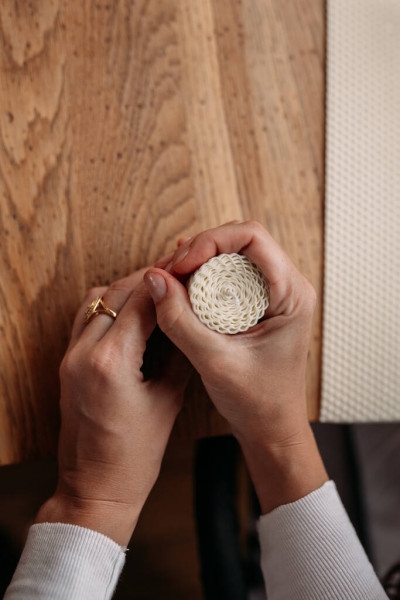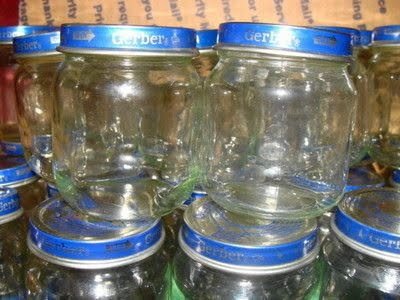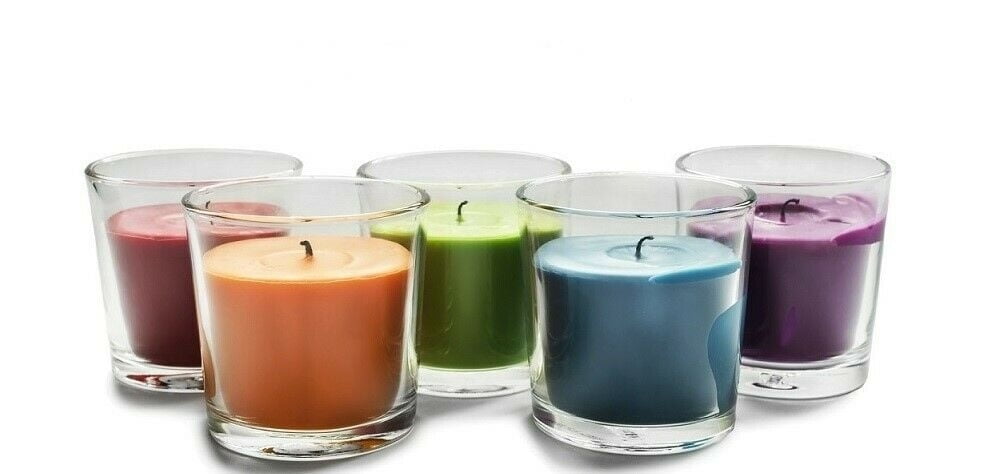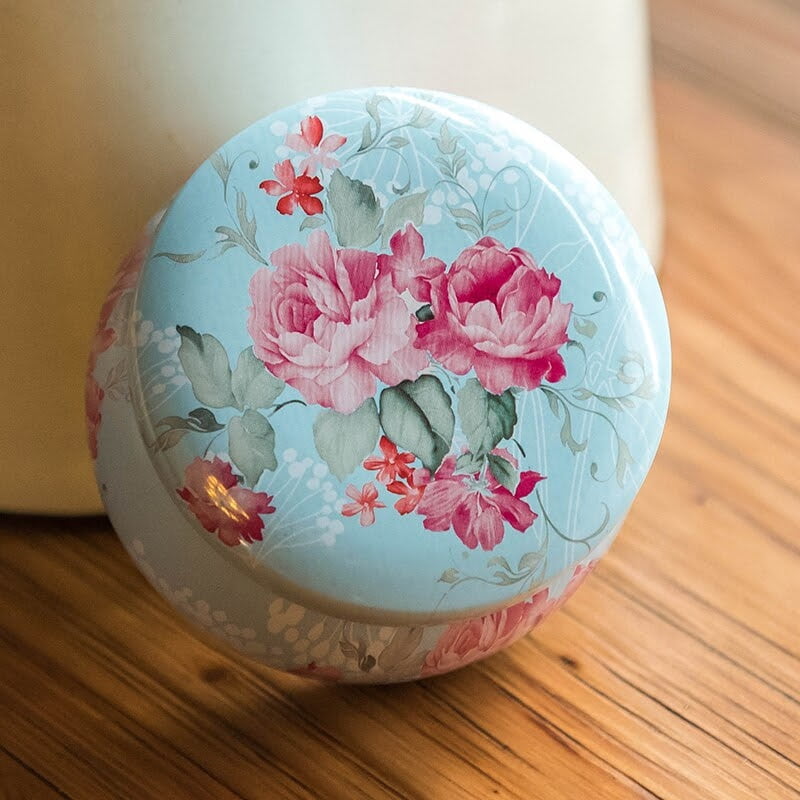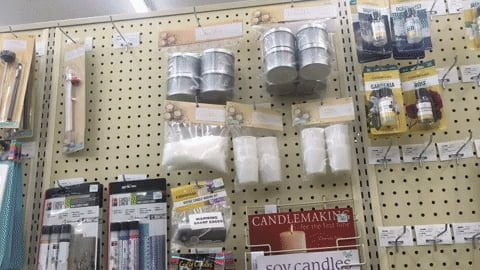Candle-making has surged in popularity as a creative and therapeutic hobby, allowing individuals to craft personalized candles for relaxation or gifting. Central to this growing trend is the significance of using top-notch candle-making supplies to ensure the quality and efficacy of the final product. From essential tools to various types of wax, fragrances, coloring agents, containers, molds, wicks, and safety precautions – every component plays a crucial role in creating exquisite candles.
Whether you are a novice dabbling in candle-making for the first time or an experienced artisan looking to refine your skills, having the right supplies at your disposal is key to achieving professional results. By understanding the different elements involved in candle-making and how they interact with each other, enthusiasts can elevate their creations from simple DIY projects to captivating works of art.
In this article, we will delve into the essential tools needed for candle-making, explore various types of wax and their unique characteristics, discuss the importance of fragrances in candles, delve into coloring agents for visual appeal, showcase different containers and molds options for shaping candles, provide insights on wick selection based on wax type and size – all while emphasizing safety measures throughout the process.
As we embark on this journey through the world of candle-making supplies, we invite you to immerse yourself in the creative process and discover the endless possibilities that await. With a plethora of resources and reputable suppliers available for all your candle-making needs, there has never been a better time to indulge in this fulfilling hobby. So light up your creativity and explore the artistry of candle-making with high-quality supplies as your trusted companions.
Essential Tools
The key to successful candle-making lies not only in using quality materials but also having the right tools at your disposal. Whether you’re a beginner or an experienced candle-maker, having the essential tools can make a significant difference in creating beautiful and functional candles. Some must-have tools include a double boiler or microwave-safe container for melting wax, a thermometer to monitor wax temperature, stirring utensils, measuring cups, and molds or containers for shaping your candles.
Additionally, investing in a reliable scale for accurate measurements, a heat source for melting wax (such as a hot plate or stove), and a workspace that is well-ventilated and free from clutter are crucial for a smooth candle-making process. For more advanced candle-makers looking to experiment with different techniques like layering or adding embeds, specialized tools like heat guns or glue guns may also come in handy.
By having these essential tools on hand, you can enhance your candle-making experience and create professional-looking candles with ease.
It’s important to note that while the initial investment in quality tools may seem daunting, it pays off in the long run by making your candle-making process more efficient and enjoyable. By ensuring you have the necessary tools at your disposal, you can focus on honing your craft and creating unique candles that bring joy to yourself and others.
Remember, having the right tools is just as important as using high-quality candle-making supplies to produce beautiful and long-lasting candles.
| Essential Tools | Details |
|---|---|
| Double Boiler or Microwave-Safe Container | Necessary for melting wax safely |
| Thermometer | For monitoring wax temperature accurately |
| Stirring Utensils | To mix wax and additives evenly |
Types of Wax
When it comes to candle-making, choosing the right wax is crucial to the overall quality and performance of your candles. There are various types of wax available in the market, each with its own unique characteristics and benefits. Understanding the differences between these waxes can help you create candles that not only look great but also burn evenly and emit a pleasant aroma.
Paraffin Wax
One of the most popular choices for candle-making, paraffin wax is known for its affordability and ease of use. It has a high melting point, which makes it ideal for creating pillar candles that retain their shape well. Paraffin wax also holds fragrance and color very well, resulting in vibrant and pleasantly scented candles. However, some people prefer to avoid paraffin wax due to its petroleum-based origins.
Soy Wax
Soy wax is a natural and eco-friendly alternative to traditional paraffin wax. Made from soybean oil, this type of wax burns cleaner and longer than paraffin wax, making it a popular choice for those looking for a more sustainable option. Soy wax also has excellent scent throw capabilities, meaning it can hold fragrances effectively. Additionally, soy wax is biodegradable, making it an environmentally friendly choice for candle-makers who prioritize sustainability.
Beeswax
Beeswax is another natural option that has been used for centuries in candle-making. Known for its sweet honey scent and beautiful golden color, beeswax candles are favored by many for their natural properties.
Beeswax burns cleanly and emits negative ions when burned, which can help purify the air in your home. While beeswax tends to be more expensive than other types of wax, its natural benefits make it a popular choice among environmentally conscious candle-makers who value the purity of their ingredients.
Choosing the right type of wax for your candles ultimately depends on your personal preferences, budget, and desired outcome. Experimenting with different types of waxes can help you discover which one works best for your specific needs as a candle-maker. Remember that quality wax is essential in creating high-quality candles that burn evenly and emit a delightful aroma throughout your space.
Fragrances
When it comes to candle-making, the scent of a candle plays a crucial role in creating an inviting and relaxing atmosphere. Choosing the right fragrance for your candles is essential to enhance the overall experience for yourself and others. With a wide range of fragrances available, it can be overwhelming to decide which one to use. Whether you prefer floral, fruity, fresh, or warm scents, each fragrance can evoke different emotions and memories.
Understanding the importance of selecting the right fragrance for your candles is key to producing high-quality products that appeal to a variety of preferences. When choosing a fragrance, consider the purpose of the candle – is it for relaxation, meditation, or simply adding ambiance to a room? It’s also important to consider the season and occasion; for example, warm vanilla scents may be perfect for cozy winter nights while fresh citrus scents are ideal for springtime.
To choose the right fragrances for your candle-making creations, consider experimenting with sample sizes before committing to larger quantities. This will allow you to test different scents and combinations to find what works best for you.
Additionally, research on fragrance blending techniques can help you create unique and customized scents that set your candles apart from others. Remember that the quality of your fragrances will significantly impact the overall quality of your candles, so invest in high-quality fragrance oils from reputable suppliers or specialty stores dedicated to candle-making supplies.
Coloring Agents
When it comes to coloring your candles, there are several options to consider. Here are some popular methods and types of coloring agents that you can experiment with to add a personalized touch to your candle-making projects:
- Liquid Dyes: Liquid dyes are easy to use and offer a wide range of colors to choose from. They can be mixed directly into the melted wax to achieve the desired shade.
- Pigment Powders: Pigment powders are highly concentrated colorants that can be added to the melted wax for intense and vibrant hues. They are ideal for creating customized colors and intricate designs.
- Dye Blocks: Dye blocks are solid blocks of colored wax that can be shaved or grated into the melted wax. They provide consistent coloring and are great for achieving uniform tones.
Additionally, natural colorants such as dried herbs, spices, and botanicals can also be used to add unique and earthy tones to your candles. By incorporating natural elements into your creations, you can create one-of-a-kind candles that not only look beautiful but also emit wonderful aromas when burned.
Experimenting with different coloring agents allows you to unleash your creativity and craft candles that reflect your personal style and preferences. Whether you prefer monochromatic designs or colorful patterns, selecting the right coloring agent is key to achieving the desired aesthetic for your candles. Don’t be afraid to mix and match different colors and techniques to create striking and visually appealing candles that stand out from the rest.
Containers and Molds
When it comes to candle-making, the choice of containers and molds plays a crucial role in shaping the final look of your candles. Whether you prefer classic jar candles, elegant pillar candles, or whimsical shaped candles, selecting the right containers and molds can elevate your creations to a whole new level. Here are some popular options to consider when choosing containers and molds for your candle-making projects:
- Glass Jars: Glass jars are a versatile option for container candles, providing a sleek and modern look. They come in various shapes and sizes, allowing you to customize your candle designs to suit different spaces or occasions.
- Metal Tins: Metal tins are a popular choice for travel candles or gift sets due to their durability and portability. They come in different finishes, such as brushed metal or matte black, adding a touch of elegance to your candles.
- Silicone Molds: Silicone molds are perfect for creating unique shaped candles, such as flowers, animals, or geometric figures. They are flexible and easy to release the finished candles, making them ideal for intricate designs.
In addition to these options, there are also specialty molds available for specific candle-making techniques like floating candles or votives. Experimenting with different containers and molds can inspire creativity and help you craft one-of-a-kind candles that stand out. Before purchasing containers and molds, consider the type of wax you will be using and ensure they are compatible for best results.
Remember
- Choose containers that complement the aesthetic of your candles
- Consider the burn time and scent throw when selecting container size
- Experiment with different shapes and sizes to create visually appealing arrangements
Wick Selection
When it comes to candle-making, selecting the correct wick is crucial in ensuring a clean and efficient burn for your creations. The size and type of wax used in your candles play a significant role in determining the appropriate wick to use.
If you are using a softer wax, such as soy wax, it is recommended to opt for a wick that is specifically designed for this type of wax to prevent tunneling and uneven burning. On the other hand, if you are using a harder wax like beeswax, a thicker wick may be necessary to ensure proper combustion.
One important factor to consider when choosing a wick is the size of the container or mold in which the candle will be poured. A wick that is too small may not create a hot enough flame to melt the entire surface of the candle, resulting in tunneling.
Conversely, a wick that is too large can cause excessive smoking and sooting. It’s essential to match the wick size with the diameter of the container or mold to achieve an optimal burn.
Experimentation may be necessary to find the perfect wick for your specific candle-making project. Testing different wick sizes and types with various wax formulations can help you determine which combination works best for your desired results. Keep notes on your experiments to track burning characteristics such as flame height, melt pool diameter, and overall performance. Remember that each candle-making project may require a different wick choice based on its unique factors like fragrance oils used or colorants added.
| Size of Wax | Recommended Wick Type |
|---|---|
| Soy Wax | CD (Stabilo) Wicks |
| Paraffin Wax | Zinc Core Wicks |
| Beeswax | Braided Cotton Wicks |
By paying attention to details such as wax type, container size, and personal preference for burn quality, you can elevate your candle-making experience by selecting the right wicks suited for your specific projects. Investing time in understanding how different wicks interact with varying materials will ultimately lead to beautifully crafted candles with optimal burning performance.
Remember that while it may take some trial and error initially, mastering the art of choosing the correct wicks will enhance the overall quality of your handmade candles.
Safety Precautions
When embarking on a candle-making journey, it is crucial to prioritize safety at every step of the process. Working with various materials and tools can pose risks if proper precautions are not taken. By following essential safety measures, you can enjoy the art of candle-making while keeping yourself and your surroundings safe.
Protective Gear
Before diving into your candle-making project, ensure that you have the necessary protective gear on hand. This includes wearing gloves to protect your hands from hot wax and other materials, as well as safety goggles to shield your eyes from any splashes or fumes. Additionally, wearing long sleeves and pants can prevent accidental burns or spills from coming into contact with your skin.
Ventilation
Proper ventilation is key when working with candle-making supplies, as some materials can emit fumes that may be harmful if inhaled in large quantities. Make sure to work in a well-ventilated area or use a ventilation hood to direct any fumes away from you while melting wax or mixing fragrances. This simple precaution can help protect your respiratory system and ensure a safe working environment.
Fire Safety
Given that candles involve an open flame, fire safety should be a top priority during the candle-making process. Keep a fire extinguisher nearby in case of emergencies, and never leave melting wax unattended on heat sources.
Ensure that all flammable materials are kept away from the work area and always have a plan in place in case of accidental fires. By adhering to these fire safety measures, you can enjoy the creative process of candle-making with peace of mind.
Resources and Suppliers
In conclusion, the art of candle-making continues to gain popularity as a creative and therapeutic hobby for individuals looking to craft their own unique candles. The key to successful candle-making lies in using high-quality supplies and tools, ensuring that your creations turn out beautifully and safely. Whether you are a beginner or an experienced candle-maker, having access to the right resources and suppliers can make all the difference in your candle-making journey.
When it comes to purchasing candle-making supplies, it is essential to choose reputable suppliers that offer a wide range of products, including different types of wax, fragrances, coloring agents, containers, molds, wicks, and more. Investing in top-quality supplies will not only enhance the quality of your candles but also ensure that you have a safe and enjoyable candle-making experience.
Additionally, seeking inspiration and guidance from online resources, workshops, and fellow candle-makers can help you expand your skills and creativity in this craft.
Frequently Asked Questions
What Equipment Do I Need to Start Making Candles?
To start making candles, you will need several pieces of equipment such as a double boiler or microwave-safe container for melting wax, a thermometer to monitor temperature, molds or containers for shaping the candles, wicks, fragrance oils or essential oils for scent, dyes or colorants, and a stirring utensil.
What Is Needed to Make Homemade Candles?
Making homemade candles requires a few key ingredients and materials. You will need wax (such as soy wax or paraffin wax), wicks (pre-tabbed wicks are convenient), containers or molds to shape the candles, fragrance oils or essential oils for scent, dye blocks or liquid candle dye for color, and tools like a double boiler, thermometer, and stirring utensil.
How Many Candles Does 1lb of Wax Make?
One pound of wax typically makes around 20 oz candles depending on the size of the containers used. This means that if you are using smaller containers like tins or jars that hold around 8-9 oz of wax each, you can expect to make approximately 2 candles from 1 pound of wax.
The number of candles produced may vary slightly based on the type of wax and how much you fill each container.

Welcome to my candle making blog! In this blog, I will be sharing my tips and tricks for making candles. I will also be sharing some of my favorite recipes.

